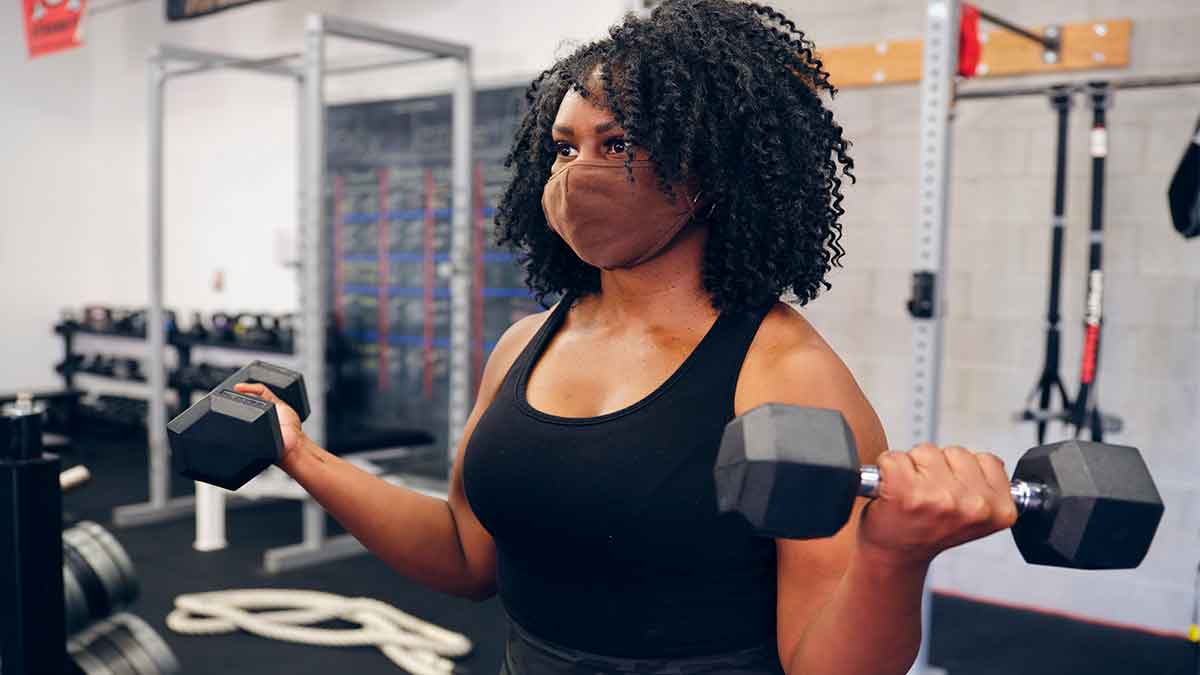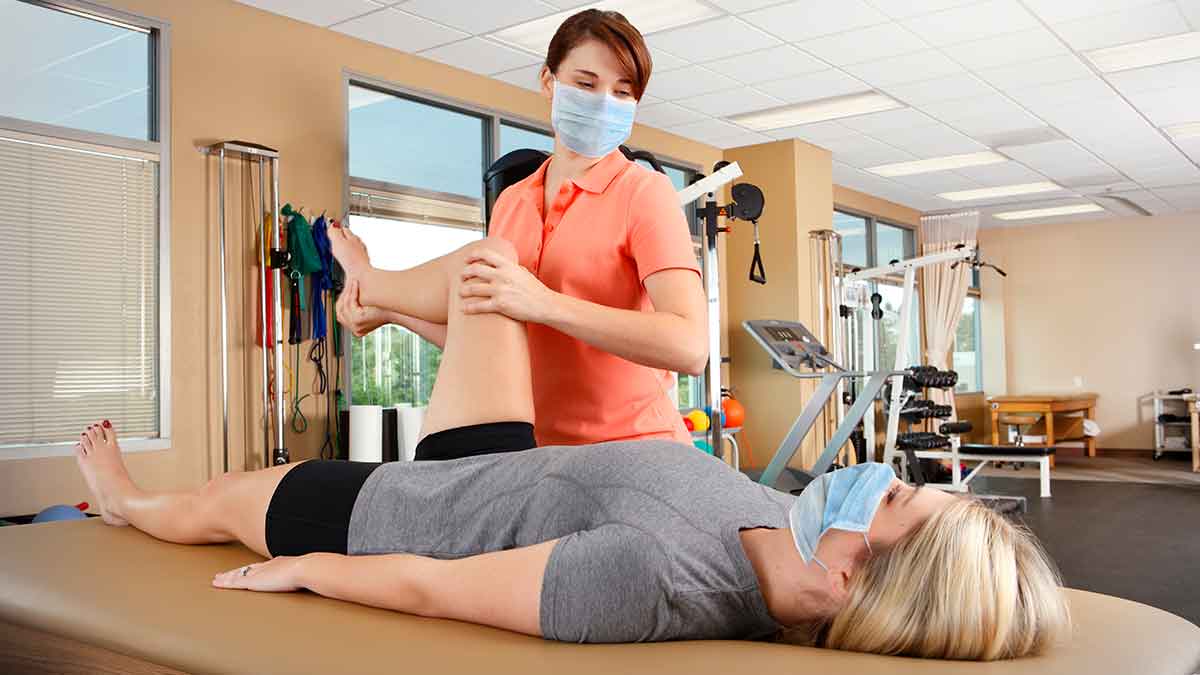New research finds pitcher injuries increase as pitch count rises
More than half of high school baseball pitchers report experiencing pain in their throwing arms during the season. To better understand the cause of these injuries, researchers at The Ohio State University Wexner Medical Center conducted a new study to determine when and why overuse injuries are occurring.
To more accurately assess the timing and severity of their pain, players were asked to submit a weekly questionnaire via text message.
“We found that the number of injuries peaked early—only about four weeks in—and then slowly declined until the end of the season,” says James Onate, associate professor of health and rehabilitation sciences at the Jameson Crane Sports Medicine Institute. “We see a lot of kids who didn’t prepare in the off-season and, when their workload goes through the roof, they’re not prepared for the demand of throwing.”
Researchers are also exploring the biomechanics behind overuse injuries. Onate and his research partner, Mike McNally, developed a high-tech pitching mound that measures the amount of force being driven by the legs, trunk and arms when throwing, as well as a pre-season program to help pitchers properly prepare their bodies to avoid injuries.
“We’re starting to pinpoint what’s going to be the personalized approach to an individual to be able to throw, and then tweak it from there,” Onate says. “The whole goal is to keep the kids safe to be able to do what they want to do.”
Ohio State researchers are advocating that the high school baseball season be extended so that games postponed due to inclement weather can be spread out over several weeks.
Pitchers typically throw their hardest during competition, while limiting their effort and number of pitches in practices, so playing too many games in close succession may lead to more injuries.





